An Idiots Guide to Group B
Group B was a set of rules introduced in 1982 by FISA to allow manufactures more flexibility and to encourage more manufactures to join rallying. Group B replaced the dated Group 4 regulations which had been in effect for nearly 10 years at the time. As per the homologation requirements set by FISA each manufacture had to build 200 road cars to allow the car to compete and a further 20 cars for an evolution model to be built.
The first full season for Group B started in 1983 at the famous Monte Carlo Rally. Even at this point the cars showed little clue to what they would turn out like in the final years. Group B only lasted five seasons due to multiple accidents, FISA banned the cars for good.
The Teams
1. Audi
Credited with beginning the 4WD era of rallying the Audi Quattro took the rallying world by storm first in the late years of the Group 4 era and the yearly years of Group B. Audi based the Quattro on a road car and this was to be its short fall as the car was prone to understeer. The Quattro went under various evolutions in an attempt to keep competitive. Despite the cars promising start the car saw little success after the 1984 season. The famous short wheel base Quattro S1 has an attempt to reduce understeer but driver Stig Blomqvist preferred the traditional long wheel base A2 car and went on to win the 1984 Drivers championship. A further evolution the S1E2 had a short spell with only winning one event with Walter Rohrl at the 1985 Sanremo rally. This is often the most popular evolution. The Quattro took 13 victories in the Group B period with various evolutions of the car.
2. Lancia
Lancia were also there right from the start with the RWD 037. Despite the car being RWD this did not discourage the Lancia squad from taking on Audi. The car showed much promise on tarmac and solid pace on gravel and with drivers Markku Alen Attilio Bettega and Walter Rohrl they went on to win the 1983 Manufactures title but Lancia knew the car would no longer be competitive so work begun on the successor the Delta S4. The 037 took 6 victories and many podiums though out its time in Group B. The Delta S4 was a hit from the beginning taking a 1-2 at the cars first event, the RAC rally. Henri Toivonen took victory with Markku Alen finishing just behind him in second. The success continued winning at the Monte Carlo rally again in the hands of Toivonen. The car went on to claim another 3 victories with Miki Biasion and Marrku Alen. Sadly Henri Toivonen and Sergio Cresto lost there lives at the Corsican round when the car left the road in a remote area.
3. Peugeot
Peugeot came into group B at the Tour De Corse round of the 1984 season with the 205 T15 with Ari Vatanen and Jean Pierre Nicolas to upset Audi and Lancia. The first of 16 victories for the car came at the 1000 Lakes rally in 1984 with Ari Vatanen at the wheel. Peugeot further developed the T16 and introduced the E2 variant at the Tour De Corse Rally in 1985 finishing second but this event was overshadowed by the death of Attilio Bettega in the Lancia 037. the T16 Evolution 2 when on to win 10 events and two drivers and manufactures titles. The T16 also caused controversy after the Tour De Corse Rally in 1986 as after Henri Toivonen and Sergio Cresto deaths FISA introduced a revised set of rules for the rest of the 1986 season. Under this has the banning of side skirts which Peugeot continued to run. Lancia appealed at Sanremo and the results were cancelled but this still gave Peugeot the drivers championship by a very small margin.
4. Austin Rover/MG
Austin Rover decided to join in the Group B period with its Metro 6R4. The car featured a mid engined layout and extreme aero parts in an attempt to be competitive. From its first event at the RAC in 1985 it finished 3rd behind the Lancia’s with Tony Pond at the wheel. This was a great achievement for the team but sadly like much of its Group B effort was overshadowed by its competitors. The 6R4 didn’t have much success on the world scene but after Group B was banned the 6R4 it found a home in national championships as it had a naturally aspirated engine. This resulted in multiple national championships with drivers like Jimmy Mcrae, Tony Pond, Steven Sofroniou, John Price for example. The car today is still winning rallies and championships. One such example fitted with a millington engine won the MSA National Tarmac championship in 2014
5. Ford
Ford had originally planned to build a RWD car based upon the Ford Escort named the RS1700T but this was short lived due to a problematic development and Audi and Peugeots success with the 4WD systems. Work then began on building a bespoke ground up 4WD car which became the RS200. The RS200’s only had a short period of time competing, with its debut at the Swedish round of the 1986 championship with Stig Blomqvist and Kalle Grundel at the wheel. Grundel went on to finish 3rd which would be the cars best result. Blomqvist retired on stage 12 with engine problems and this was a sign of the future for the car. Throughout the season the car only finished a total of 2 events. Despite being a modern fan favourite the RS200 is most well known for the incident at the Rallye De Portugal where driver Joaquim Santos lost control of the car and hit a wall of spectators.
The Drivers
Through out the years of Group B many drivers came and stamped there mark in history. Hannu Mikkola, Stig Blomqvist, Timo Salonen and Juha Kankkunen all clinched drivers titles in this period but the drivers remembered most often didn’t win any championships. The Lancia Veteran Markku Alen, Young gun Henri Toivonen, Ari Vatanen and Walter Rohrl are the most well known but they didn’t win any championships. It was there dramatic driving style and great personalities that gave them this success as wheel as the great skill behind the wheel. This is what is missing from modern day rallying at an International level.
Controversy - Side Skirt Scandal
After the death of Henri Toivonen and Sergio Cresto FISA introduced a revised set of rules for the remaining rounds of the 1986 championship. One of these was to ban the use of side skirts with immediate effect. Peugeot still continued to use the side skirts and the organisers of the Italian round, the Sanremo rally reported Peugeot to the FISA for violating the rules. Now this is where it gets interesting. The head of FISA was Jean-Marie Balestre who was french. Balestre is known for giving the French teams/drivers the advantage as FISA is based in Paris. One famous incident was moving the pole position at Suzuka to give Prost the advantage over Senna who qualified first, but thats another story. Balestre should have banned Peugeot for the rest of the season but this was not to be. He continued to allow the use of the Peugeots. All of the results were dropped from Sanremo where Markku Alen took victory with the Delta S4.
Another issue was that Peugeot did not build an additional 20 cars for an evolution of the T16 which would make the 1986 car an Evo 3. The side skirts were a structural change which would have resulted in an evolution being built but FISA let Peugeot off again. Despite all of this Peugeot won the manufactures and Drivers titles in 1986.


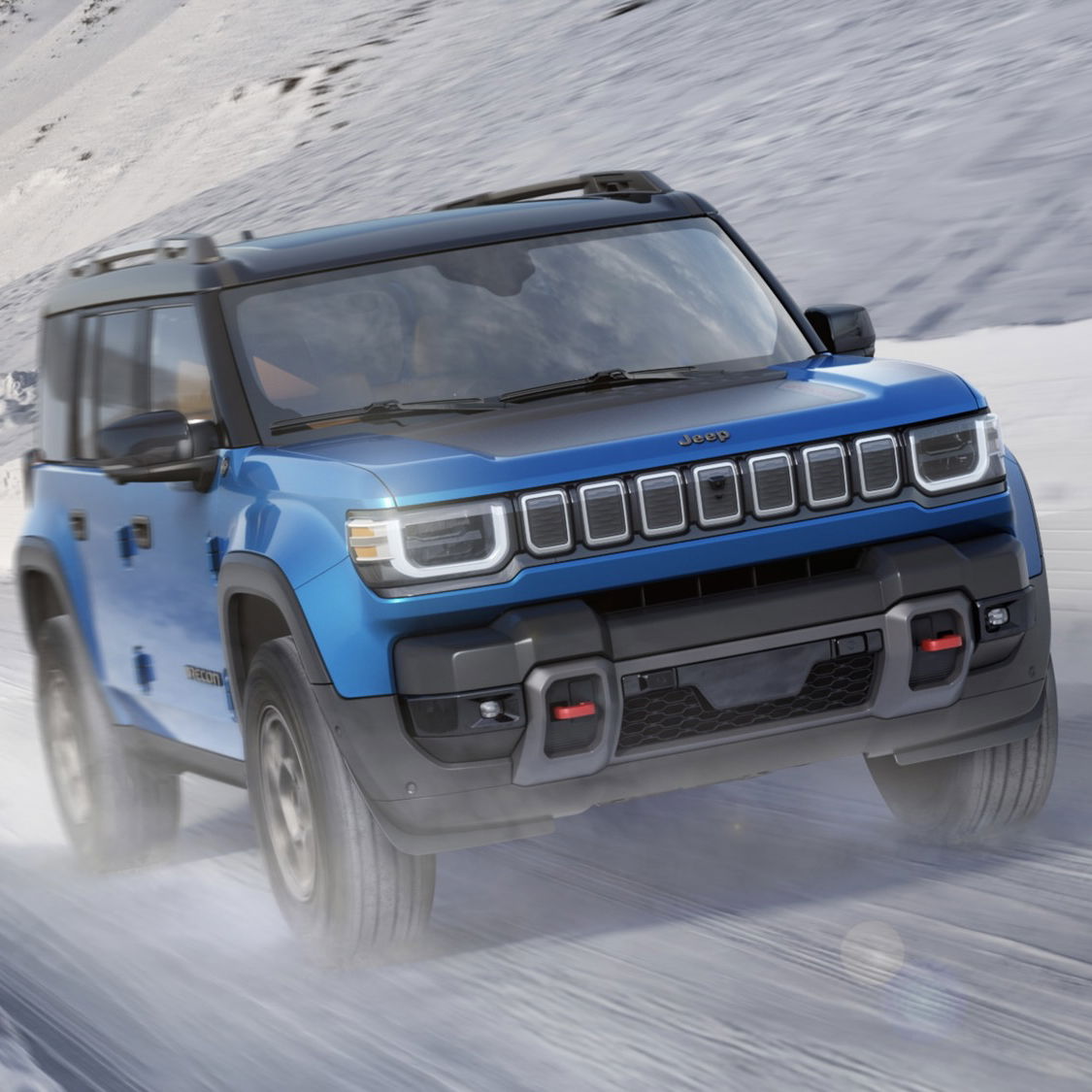
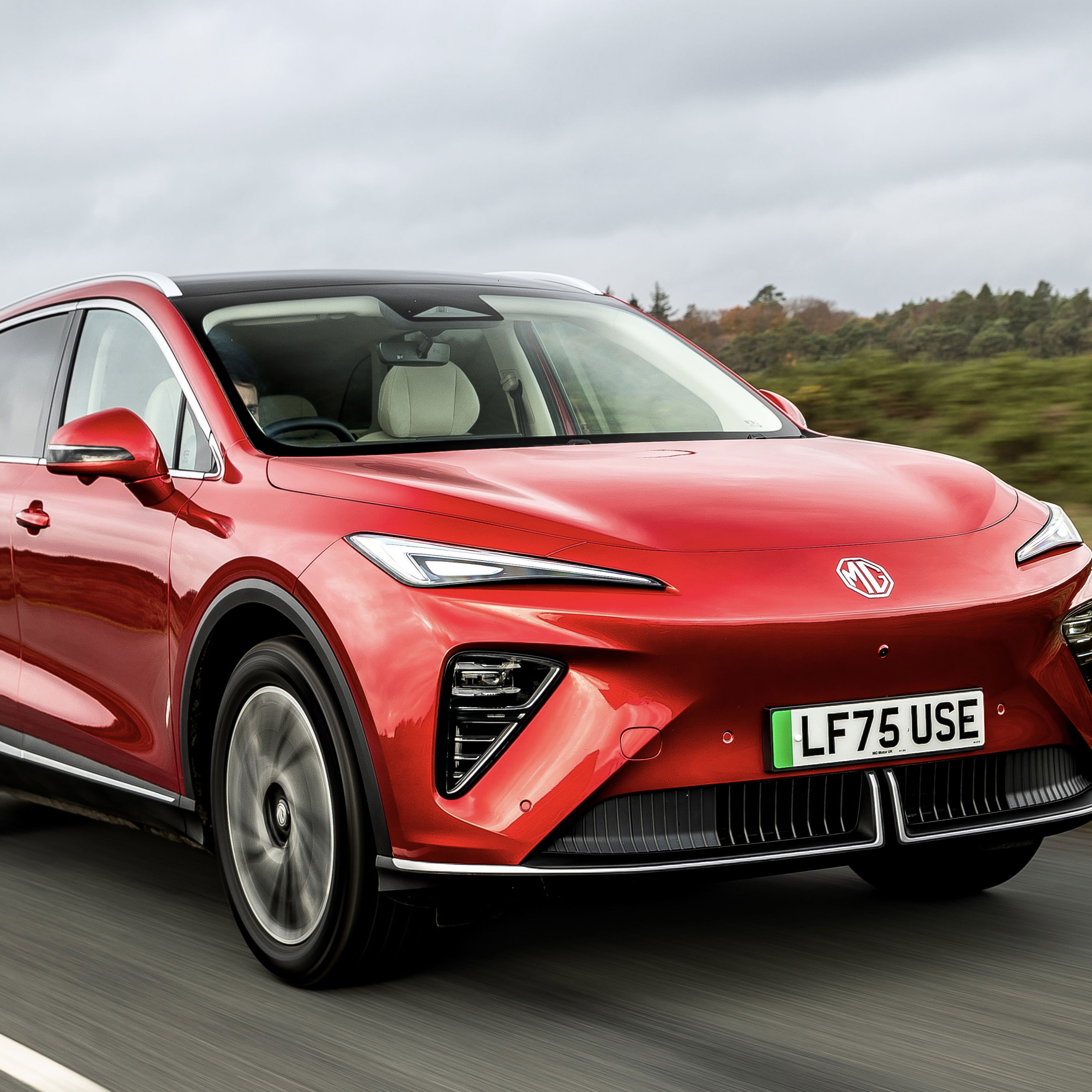


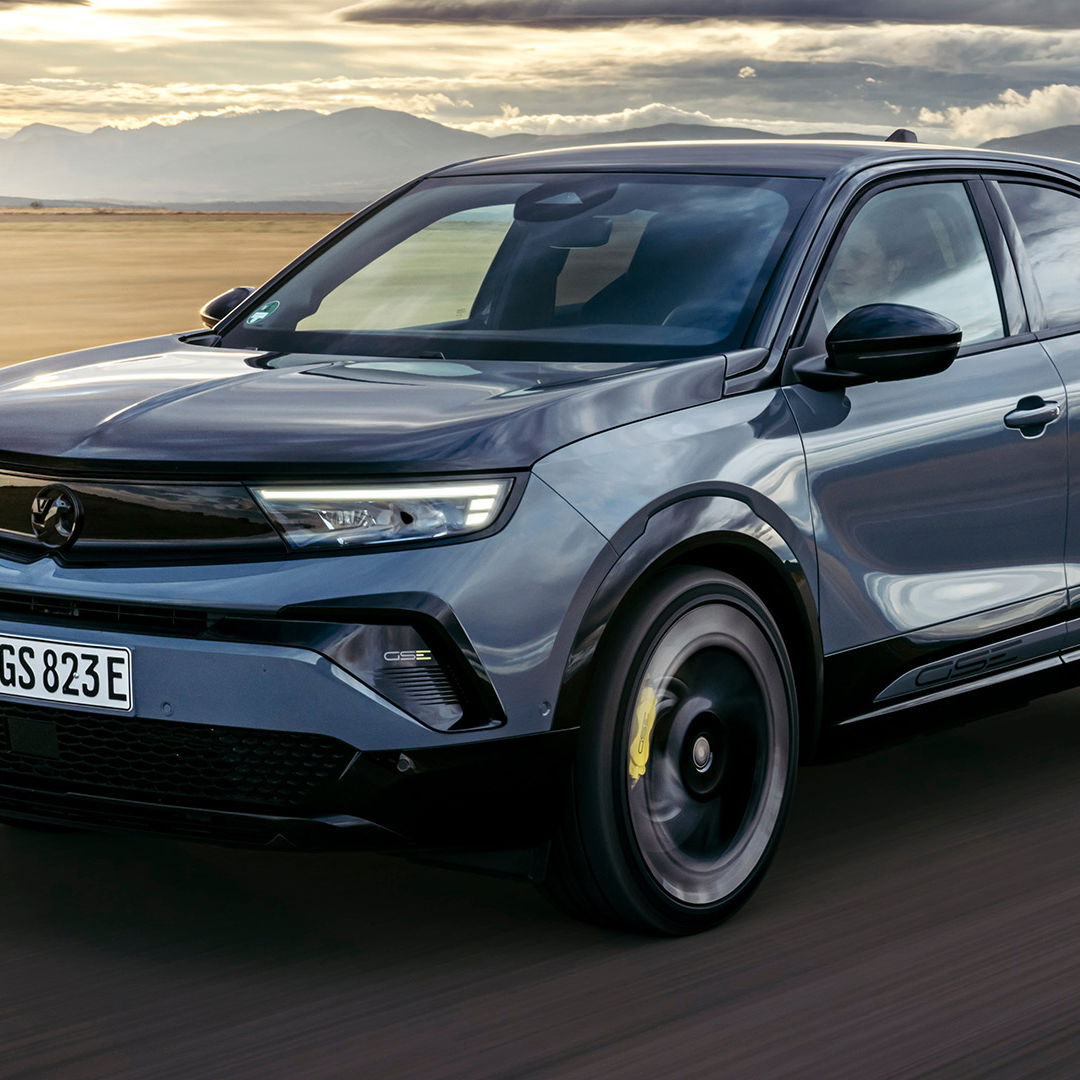
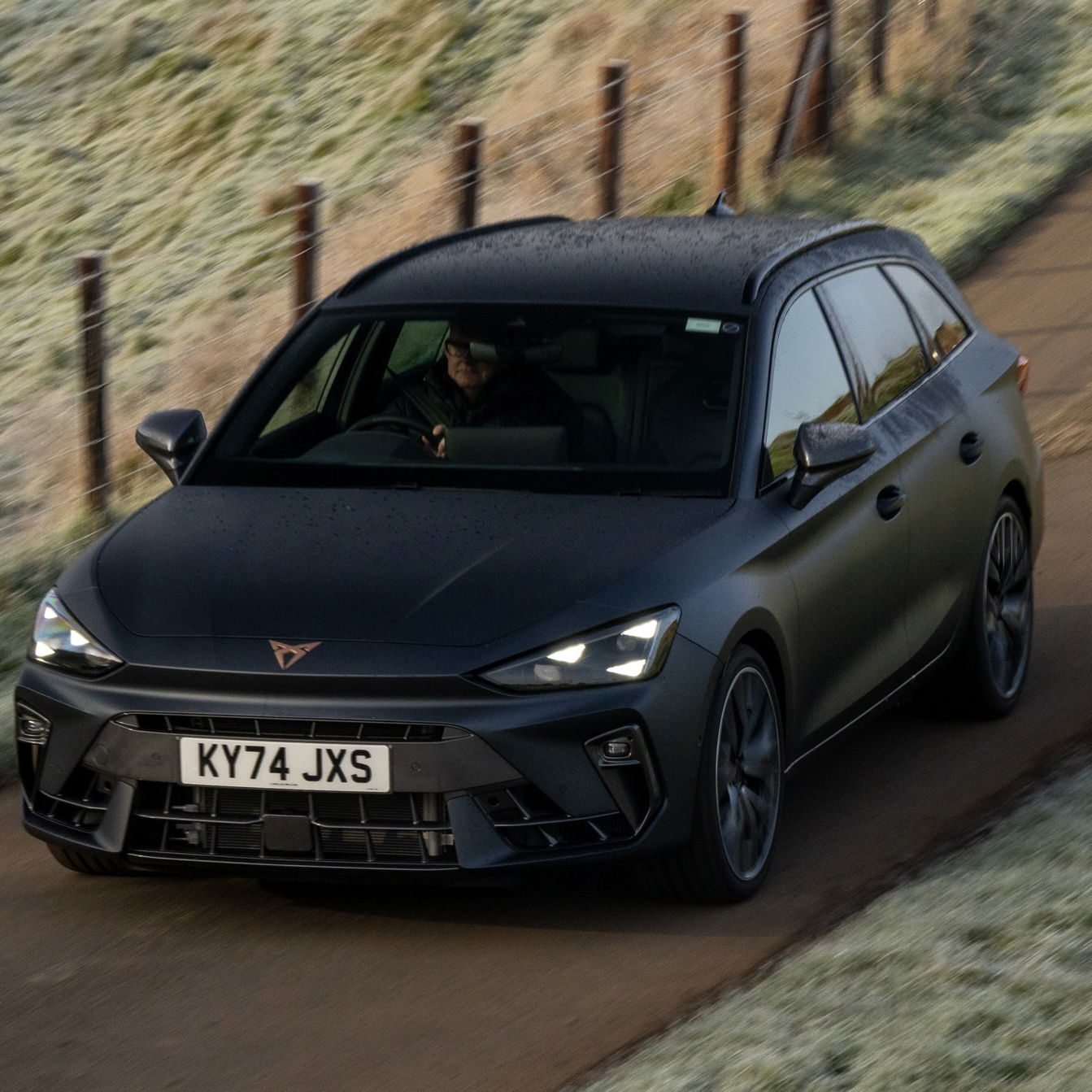
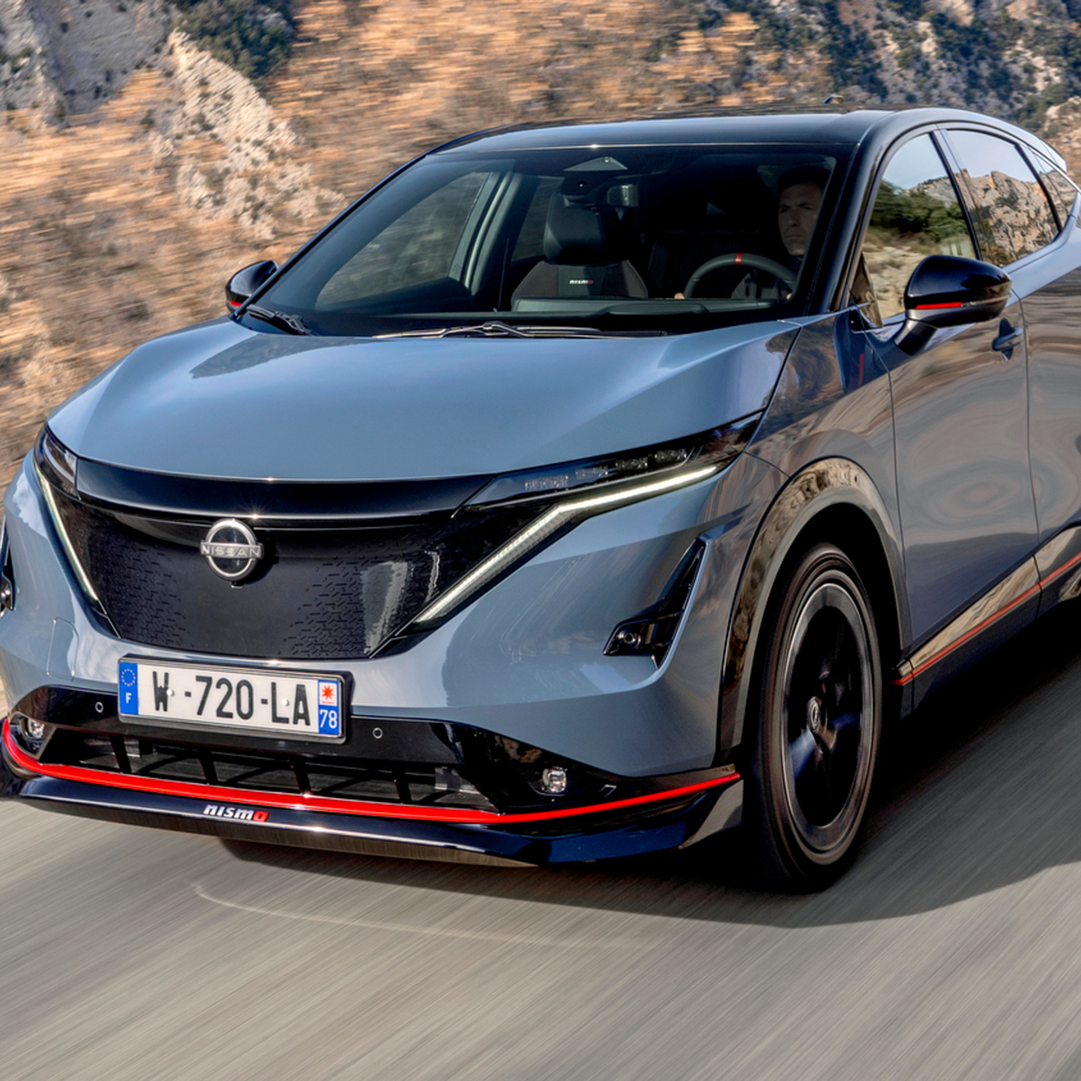
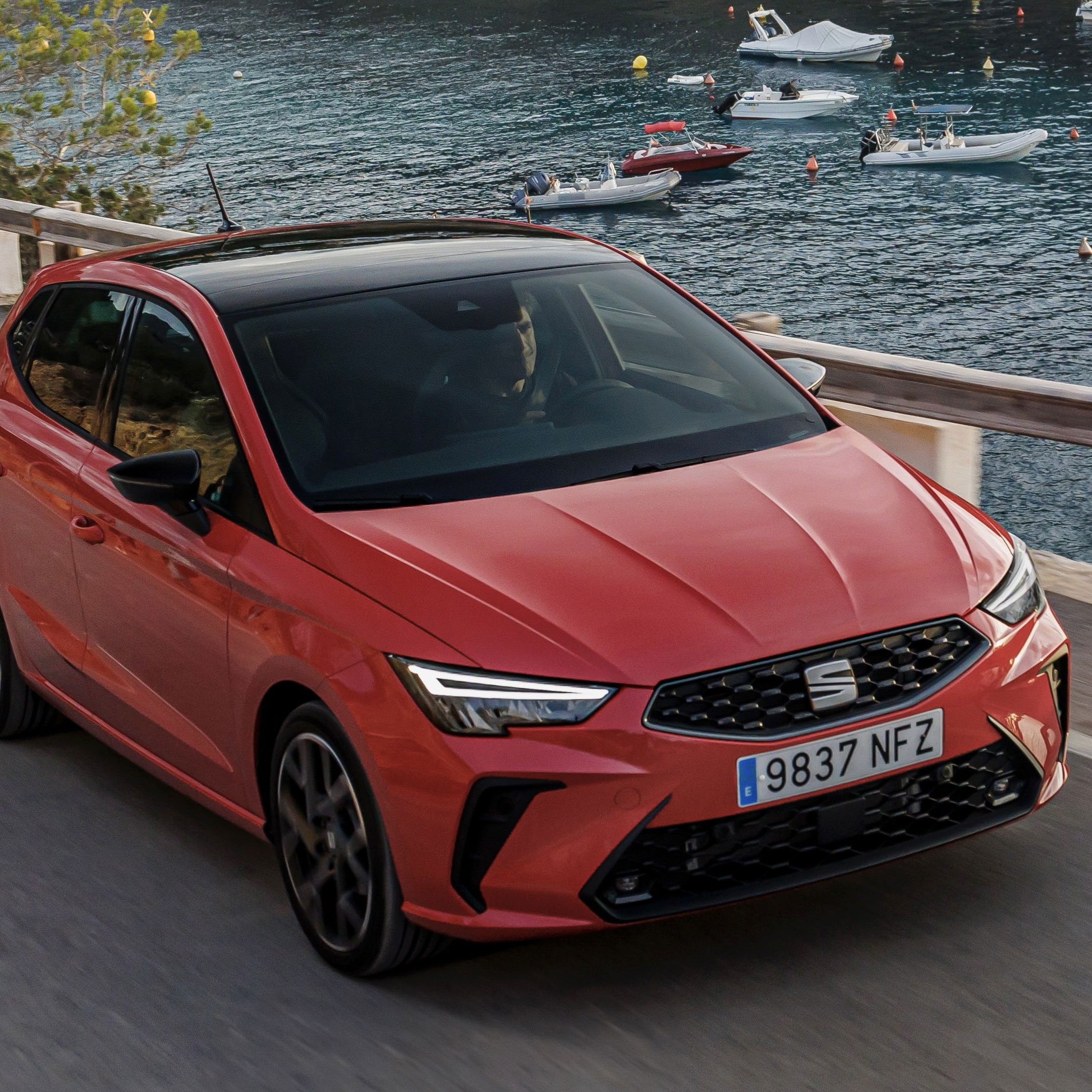

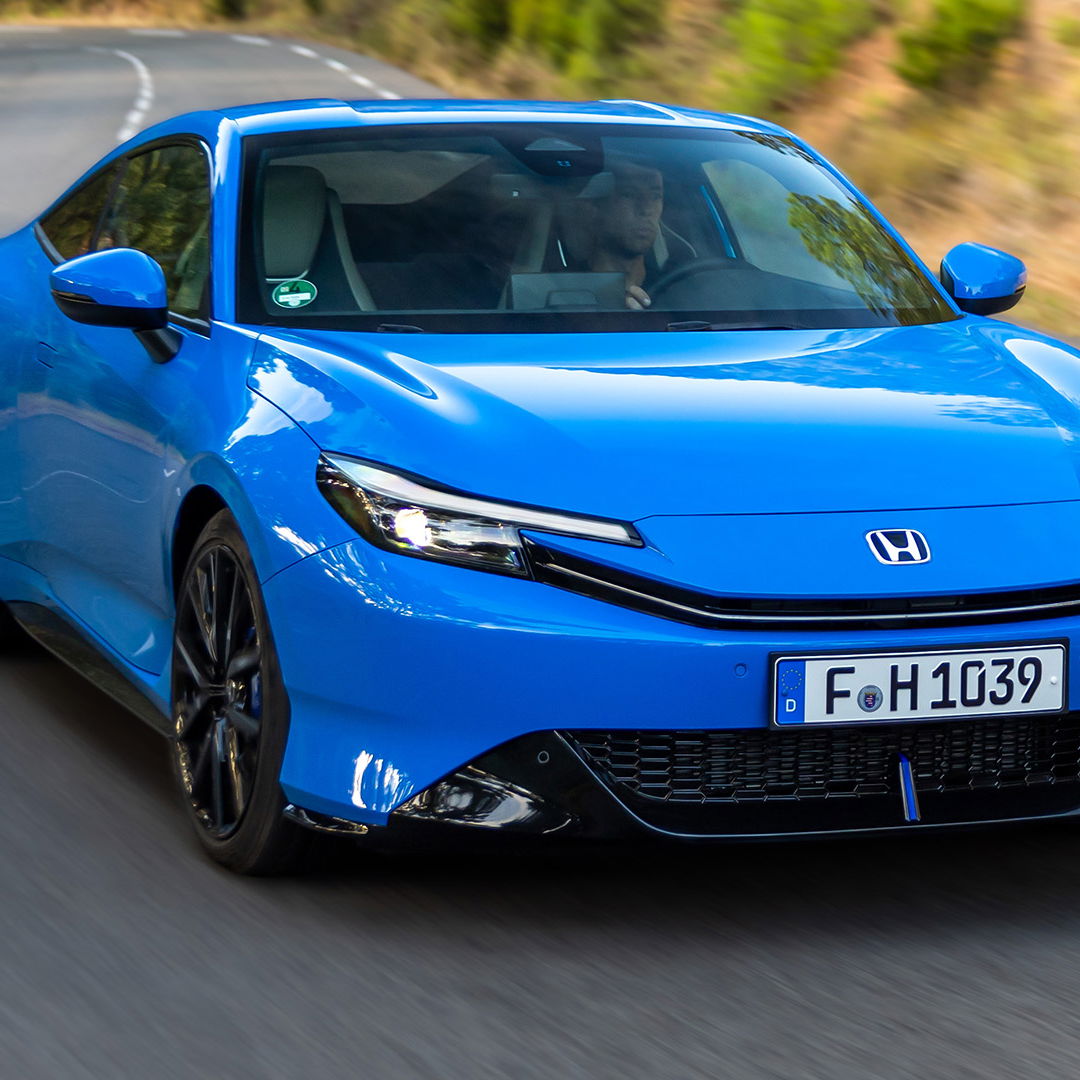
Comments
This is the most amazing post I have ever read, thankyou for posting it :)
This should get more praise! Thanks a lot for all the info
Great article!
Amazing post mate! Aaaannnd…. I thought only Mustangs hit multitudes. But atleast now we know is a Ford trend in general